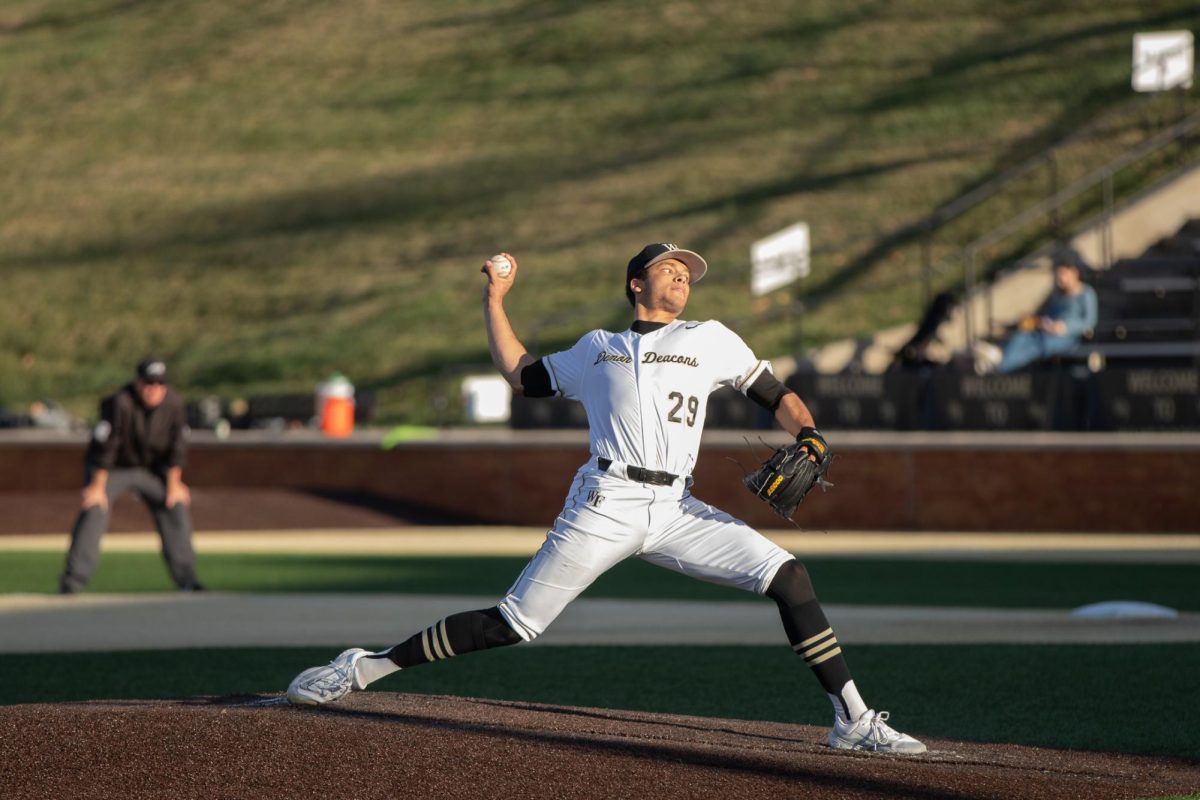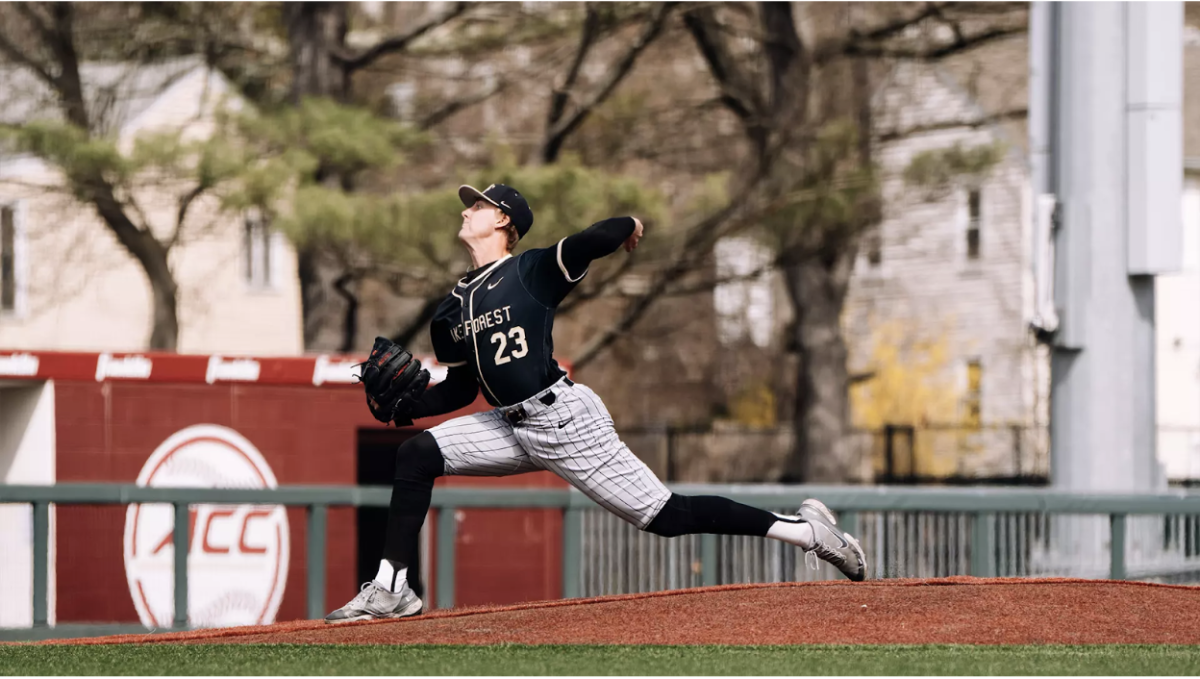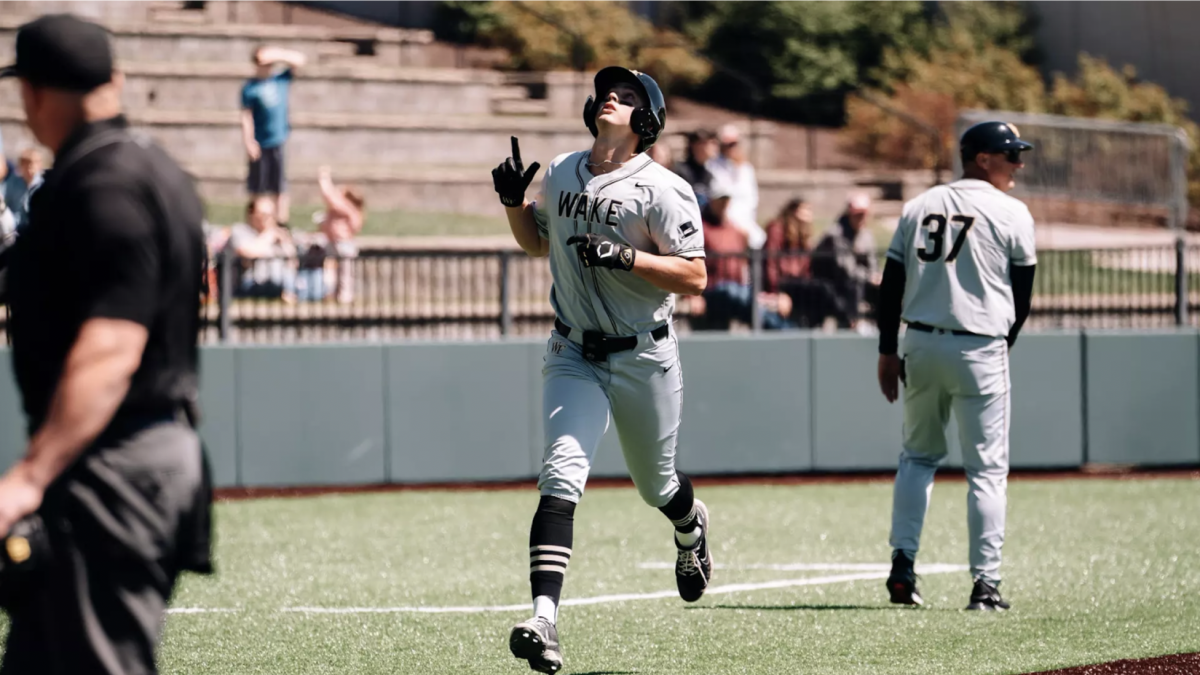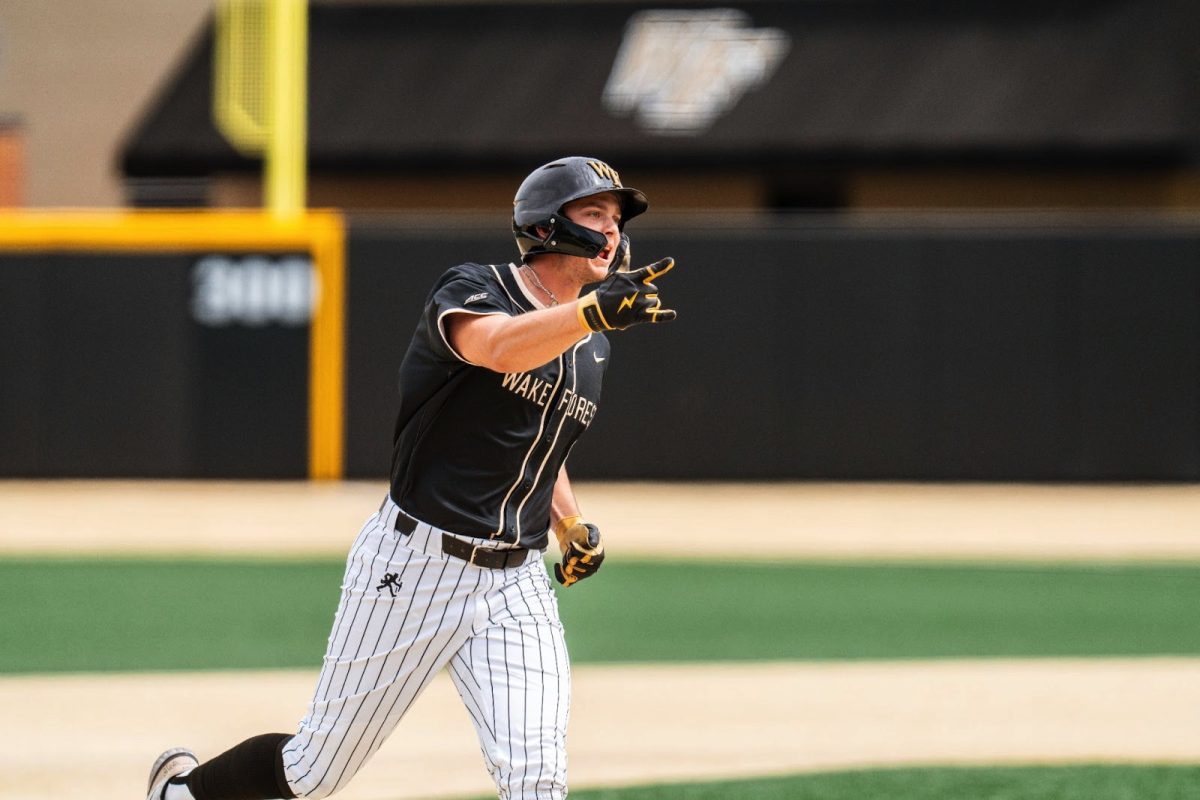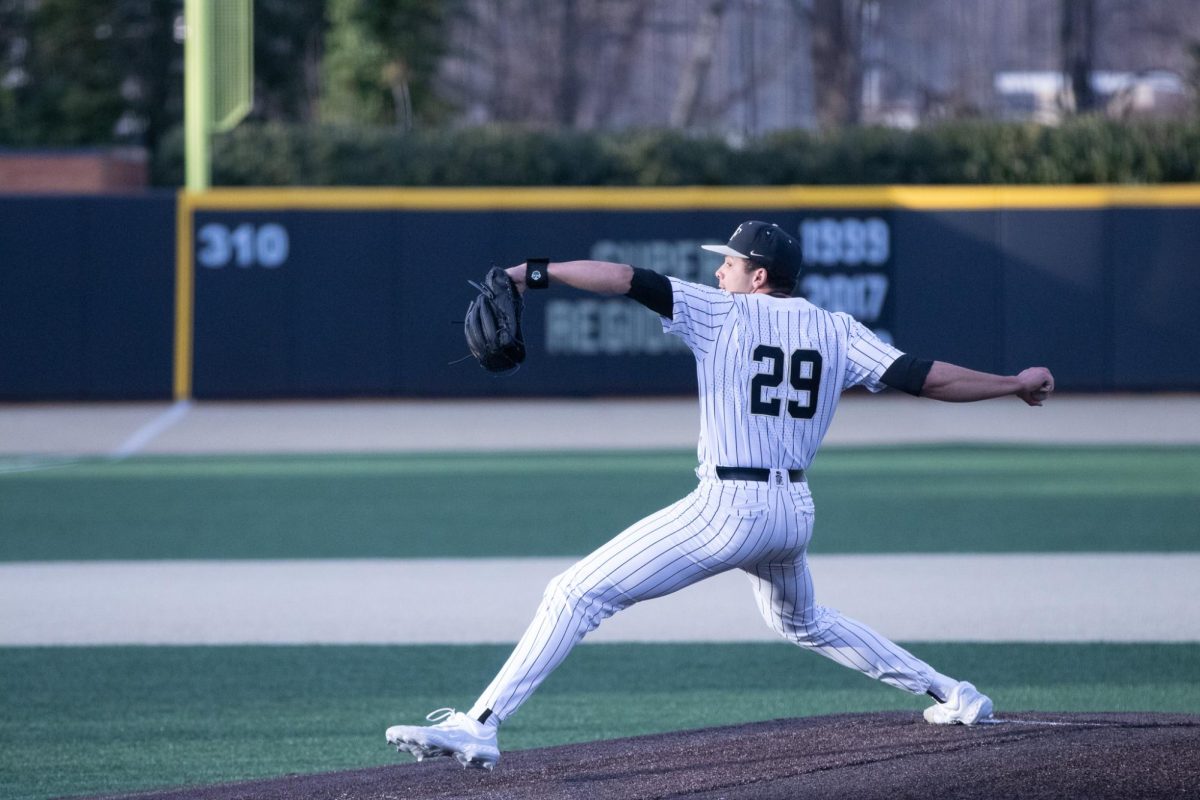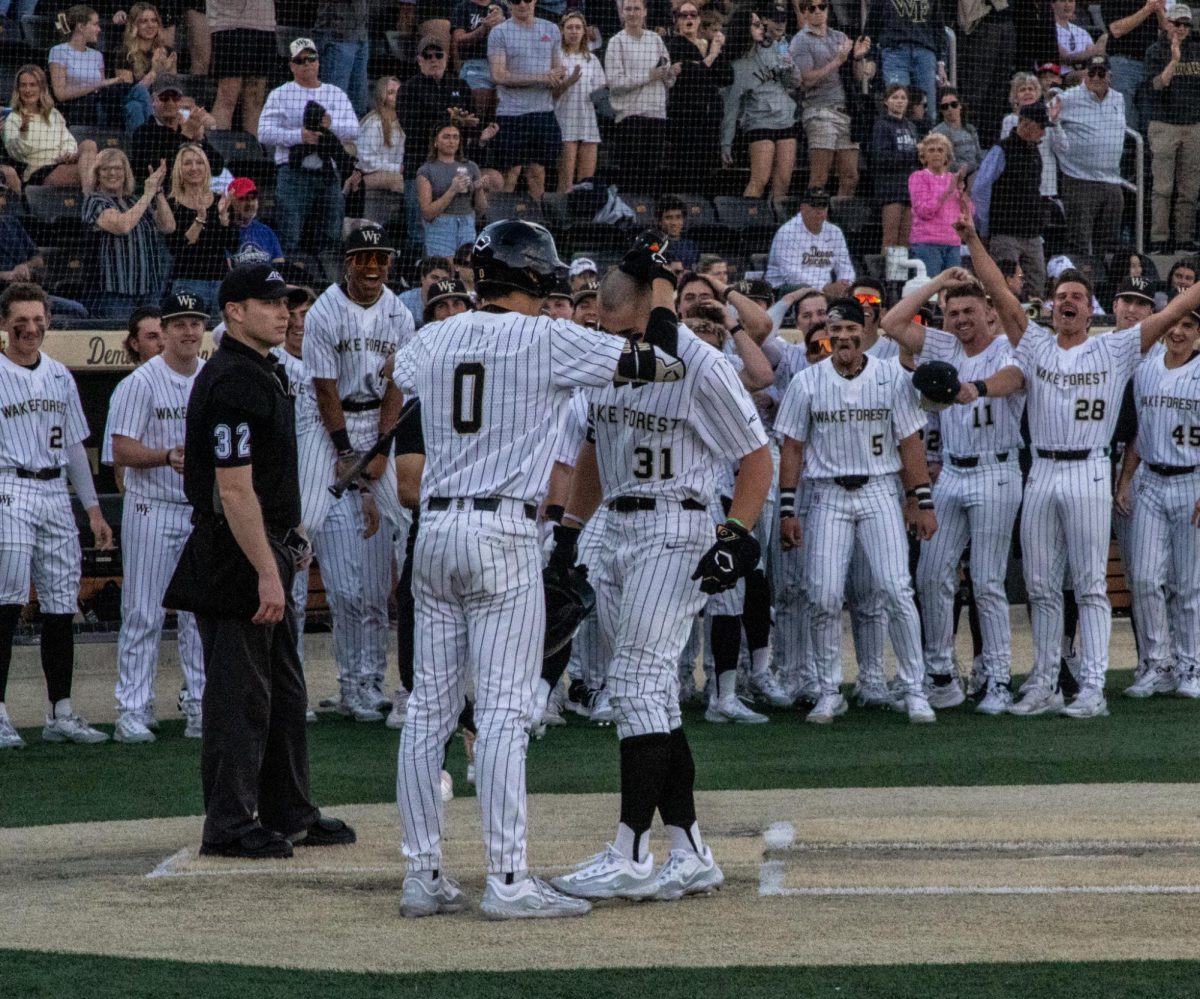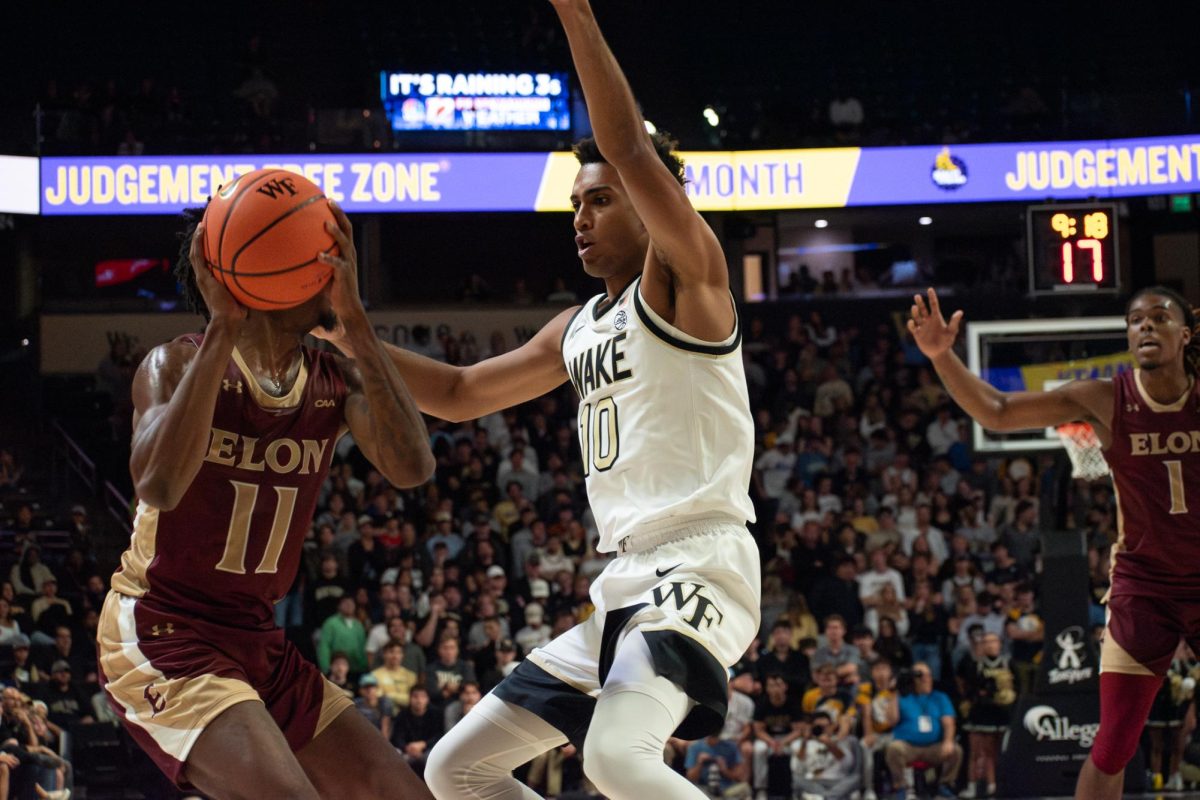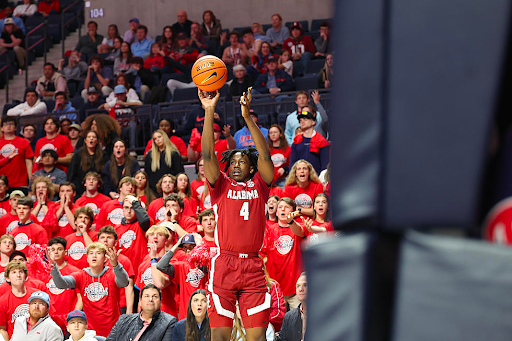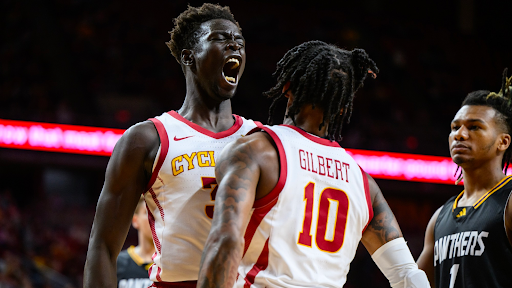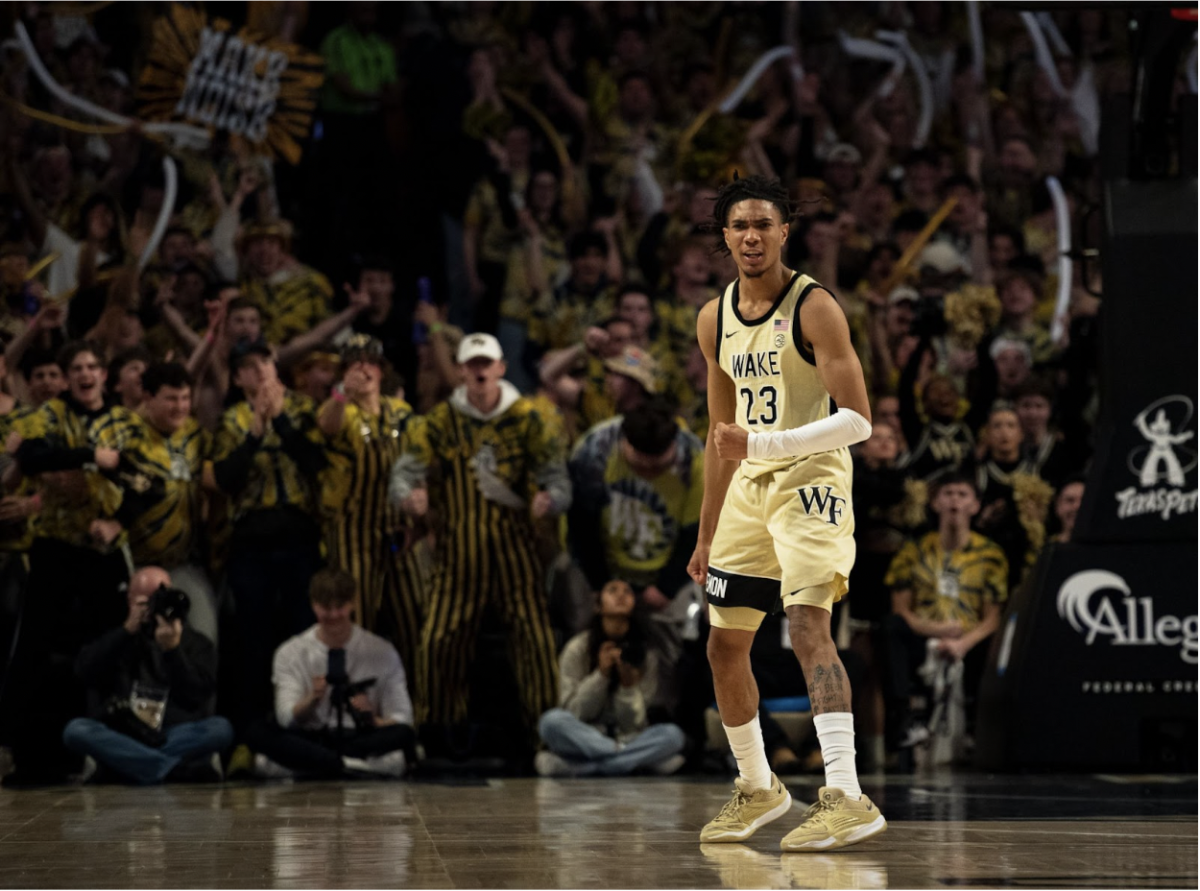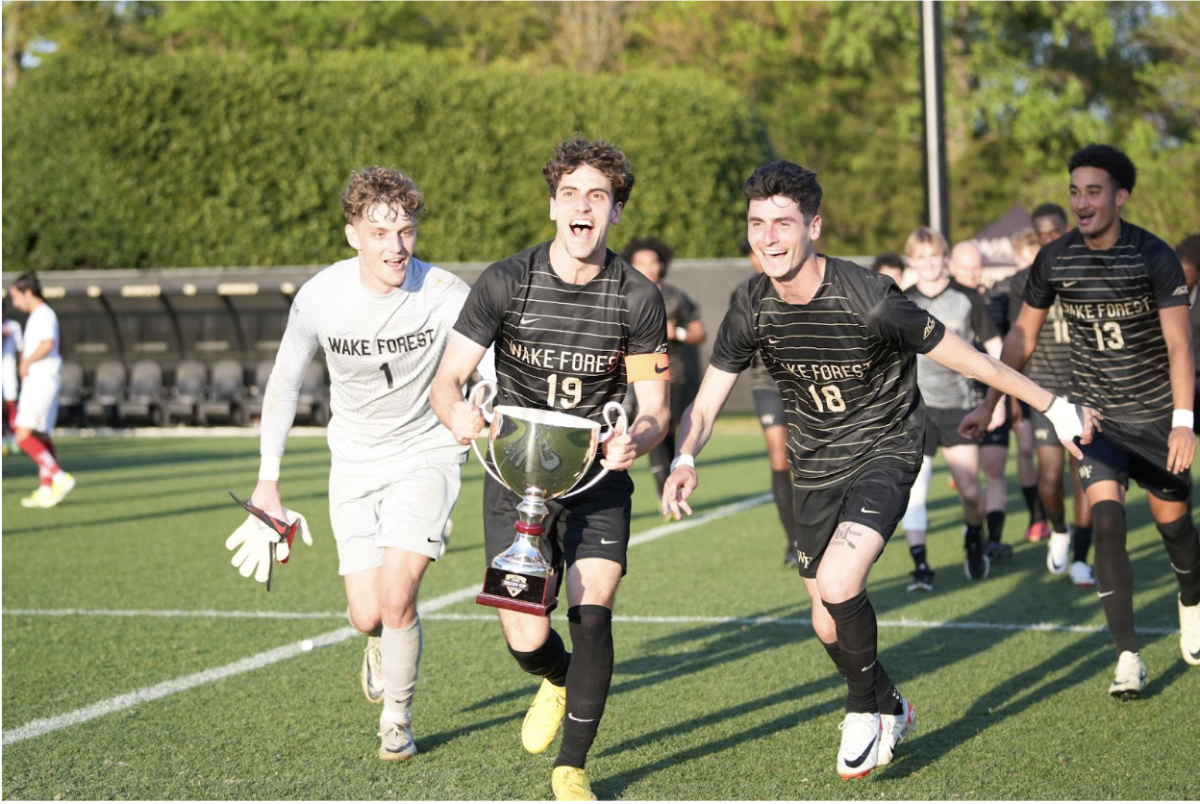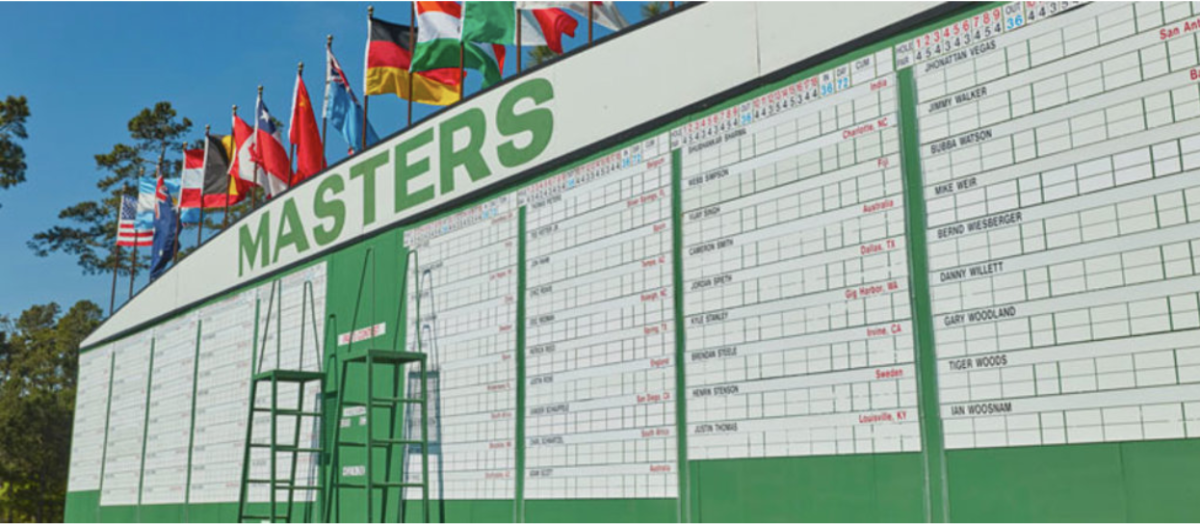Heading into 2019, an especially high-profile iteration of a familiar practice loomed over the offseason. Uber-talented prospects with a skillset worthy of an Opening Day roster spot would be kept in the minors until the second half of April, allowing teams to keep an extra year of contractual control over their promising young stars.
Heading into this season, it looked like the Padres’ Fernando Tatis, Jr., the Mets’ Pete Alonso, the White Sox’ Eloy Jimenez and the Blue Jays’ Vladimir Guerrero, Jr., would all spend Opening Day watching from Triple-A. Meanwhile, MLB ironically continued to push its “Let the Kids Play” ad campaign.
The way the rules are currently set up, players only earn a year of service time if they spend 172 days of the 182-day season on the big league roster. Teams have no problem “letting the kids play,” so long as they only play for 171 days. If a player spends even one day fewer than 172 on the major league roster, then the player’s free agency countdown clock does not begin to tick until his next season.
From the team’s perspective, an extra year of control over a player like Ronald Acuña Jr. or Kris Bryant — who each fell victim to this practice — could mean an additional year of a superstar on a cheaper, pre-free agency contract.
For a variety of reasons, though, none of these high-profile prospects saw their service time get manipulated this year, and for the Padres and Mets, their choice has paid off.
Jimenez signed a 6-year, $43 million with two club options before even stepping into an MLB batter’s box, eliminating an incentive for keeping him in the minors. Guerrero, Jr., suffered an oblique injury during spring training, keeping him off the field during the usual manipulation period and helping the Blue Jays avoid the annual service time manipulation press.
The Mets and Padres, however, adopted a novel approach to roster construction: they put their best 25 players on the team. Unfortunately, it’s an uncommon choice in today’s environment, but the performances of Alonso and Tatis, Jr., potentially could cause teams in the future to reevaluate their service time practices.
At the conclusion of Tuesday’s games, Alonso ranked eighth in baseball with a 204 wRC+ and six homers, and Tatis, Jr., was slashing .283/.353/.583 with five home runs of his own. It’s too early for fWAR to be too predictive of the rest of the season, Alonso and Tatis Jr. rank 10th and 26th on the position player fWAR leaderboard, respectively.
The Mets intend to compete this season in an extremely competitive NL East division, and for them, it made no sense to leave wins on the table by keeping Alonso down.
The Padres have an outside shot at a wild card, and they just signed Manny Machado to a 10-year, $300 million contract. For San Diego, continuing to drum up momentum and fan interest in their organization is more important than having an extra year of Tatis, Jr., six years from now.
For once, fans did not have to sit through the lies about superstar prospects “needing to work on their defense” at Triple-A while a below-average placeholder player started in the majors for two weeks.
Perhaps the league will take note of what Alonso and Tatis Jr. have done this season, as wins in early April do not have any less value than wins in September. The unfortunate reality, though, may be that as long as teams have something to gain from manipulating service time, they will continue to do so. Maybe players will attempt to eliminate the practice when negotiating the next CBA, but for now, teams maintain the power to do as they please.


